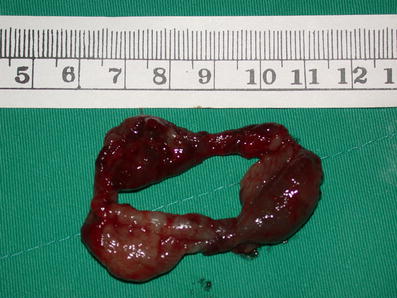
It is clear from the body of literature that stapled hemorrhoidopexy is a viable option for patients with symptomatic hemorrhoidal prolapse. While reports of serious complications exist, large randomized trials confirm the safety of both techniques. While the former two favor the stapled hemorrhoidopexy group, the latter is less commonly seen when the hemorrhoids are excised. The most consistent differences in outcomes relate to pain scores postoperatively, return to activity/work, and recurrence of symptoms. These include efficacy, safety, continence, anal manometry, return to activity or work, and others. While the most scrutinized endpoint of these trials has been postoperative pain, a variety of other variables have also been considered. Since its inception, the technique has been carefully studied and to date there are at least 25 randomized controlled trials comparing this stapled hemorrhoidopexy with more traditional excisional techniques. This remained true until Longo described a technique using a circular stapler to remove a cuff of redundant rectal mucosa, thereby correcting the prolapse without removing the hemorrhoids. All but a few are based on the premise of excising the hemorrhoidal columns.


Key words: Haemorrhoids, stapled haemorrhoidopexy, INTRODUCTION Hemorrhoids are one of the common conditions affecting the anorectal region1.

Diseases & Conditions Procedures & Tests Symptoms & Signs. Conclusion: Stapled Hemorrhoidopexy is a safe procedure which results in less postoperative pain, minimal analgesia requirement, fast recovery and early discharge from the hospital. Pain may improve within 7-10 days without surgery and may disappear within 2-3 weeks. Many surgical options for the treatment of hemorrhoids have been described. Many thrombosed external hemorrhoids may go away within a few weeks.


 0 kommentar(er)
0 kommentar(er)
